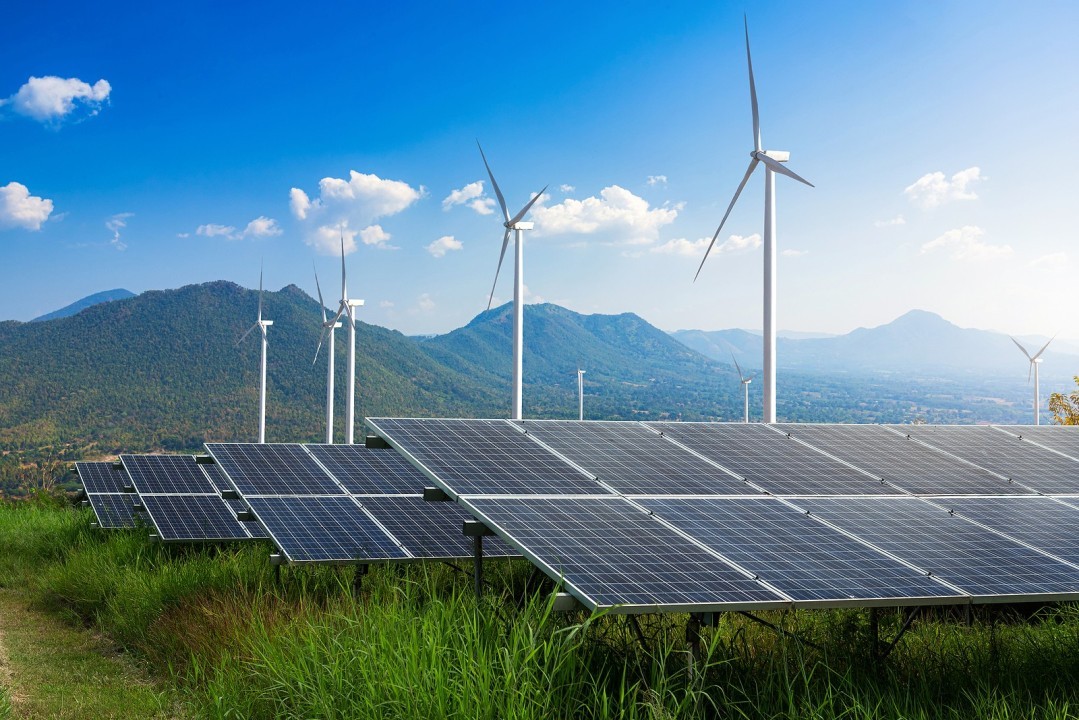Case Study: Germany’s Shift Towards Renewable Energy – A Personal Observation from Landshut

Last year when I first landed in Germany, I began exploring the country by train—often traveling on DB (Deutsche Bahn) routes. One thing that immediately caught my attention was the abundance of solar fields on both sides of the railway tracks. In Landshut, where I stayed, I also noticed several wind turbines spinning gracefully in the countryside. These sights sparked my curiosity: How exactly is Germany producing its energy? What role do renewables play? And what happened to traditional energy sources like nuclear?
The End of Nuclear: A Bold Move in Energy Policy
Germany’s energy policy has undergone a major transformation over the last two decades, culminating in the nuclear power phase-out, known as Atomausstieg. The decision—accelerated after the Fukushima disaster in 2011—led to the systematic decommissioning of nuclear plants.
In Landshut, I came across two significant examples of this policy shift:
- Isar 1: Permanently shut down in 2011
- Isar 2: Ceased operations in April 2023, as part of Germany’s final step in exiting nuclear power
This move marked the end of nuclear energy in Germany, a historic pivot for a country that once relied on nuclear for nearly a third of its electricity.
Germany’s Renewable Energy Mix – 2024 Overview
With nuclear now phased out, Germany is leaning heavily into renewables. According to the Federal Ministry for Economic Affairs and Climate Action, the breakdown of the electricity generation mix is as follows:
Current Share of Electricity Production:
- Wind Power (onshore & offshore): ~29%
- Solar Photovoltaic (PV): ~12%
- Biomass & Hydropower: ~11%
- Total Renewable Energy Share: ~52%
Remaining Energy Sources:
- Lignite & Hard Coal: ~26%
- Natural Gas: ~17%
- Other (Imports, Oil, Waste-to-energy): ~5%
Climate Goals: When Will Germany Hit 100% Renewables?
Germany has set ambitious targets as part of its Energiewende (“energy transition”) strategy:
- 80% renewable electricity by 2030
- Climate neutrality by 2045
- Potential for 100% renewable electricity by the late 2030s, depending on pace of innovation and infrastructure expansion
Reaching these goals depends on:
- Faster grid expansion, especially from northern wind farms to southern industrial hubs
- Increased investment in energy storage, such as lithium batteries and green hydrogen
- Reducing dependence on imported fossil fuels, particularly natural gas
Infrastructure Investment and Public Policy
To accelerate this transition, Germany is:
- Subsidizing solar panel installation for homes and businesses
- Increasing the number of offshore wind farms, particularly in the North Sea
- Building battery storage facilities and developing green hydrogen plants
- Supporting community energy cooperatives, where citizens invest in local renewable projects
I even noticed solar panels installed on school rooftops, warehouses, and train stations, showing how deeply embedded this transformation is in daily life.
Grid Reliability: Is Renewable Energy Stable?
A common concern is: Can Germany rely on solar and wind without blackout risks?
Here’s how Germany is tackling this:
- Smart grids are being deployed to handle variability in renewable generation
- A strong interconnected European grid allows import/export balancing with neighbors like France, Denmark, and the Netherlands
- Battery systems and flexible demand technologies (like heat pumps) help balance supply and demand in real-time
- Use of “dark doldrum” backups—natural gas and pumped hydro—during low sunlight/wind days
In 2023, Germany maintained one of the most stable electricity grids in the world, with average outage durations under 12 minutes per customer—far lower than many other industrialized nations.
Public Support and Local Engagement
Germany’s renewable shift is not just political—it’s cultural:
- Over 80% of Germans support the expansion of renewable energy
- Citizens can co-own wind turbines and solar parks through local energy cooperatives
- Many municipalities, like those around Landshut, are targeting “energy self-sufficiency” by 2030
Schools, local governments, and even supermarkets are participating in the transformation through energy education programs, green building codes, and incentivized electric vehicle charging infrastructure.
What I Learned From Landshut and Beyond
My personal experience—from spotting solar farms on DB routes to seeing windmills near Landshut—mirrors the broader national story. Even the nuclear cooling towers of Isar 2 standing idle now feel like monuments to a past era.
Germany is showing that a systematic, policy-driven energy transition is possible. It’s not just about technology—it’s about long-term vision, public trust, and local empowerment.
Conclusion: A Nation in Transition, A Future in Progress
Germany’s shift towards renewables isn’t just a policy experiment—it’s a living, visible reality. The solar panels, wind turbines, and decommissioned nuclear towers tell a powerful story of a country reshaping its future.
Key Takeaways:
- Nuclear power is gone, but the lights are still on—thanks to smart renewable integration.
- More than half of electricity now comes from green sources, with goals to reach 100% in the next two decades.
- The transformation involves government policy, citizen participation, and technological innovation.
- While challenges remain, Germany is proving that sustainability and energy security can go hand-in-hand.
As someone witnessing it firsthand, I find this transition deeply inspiring—and a model for others to study, replicate, and refine.